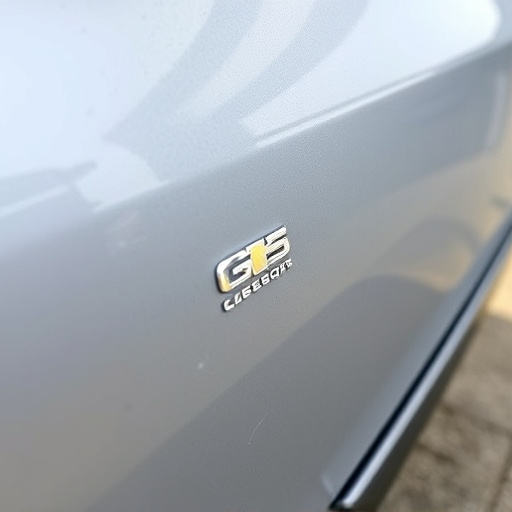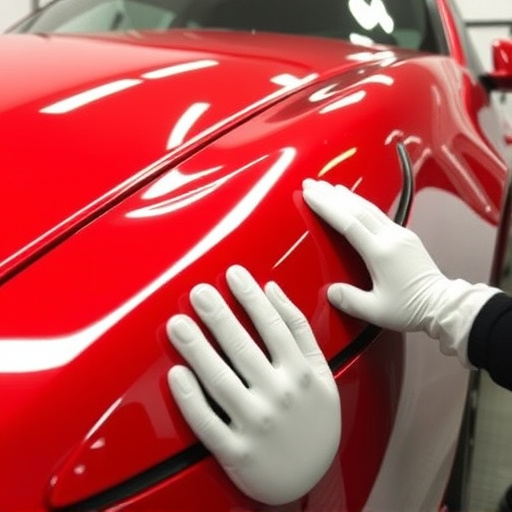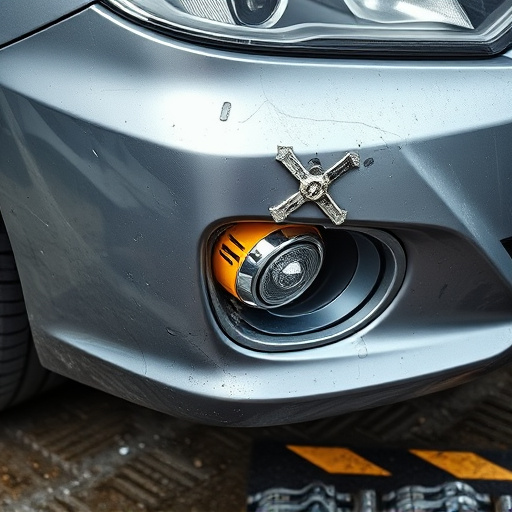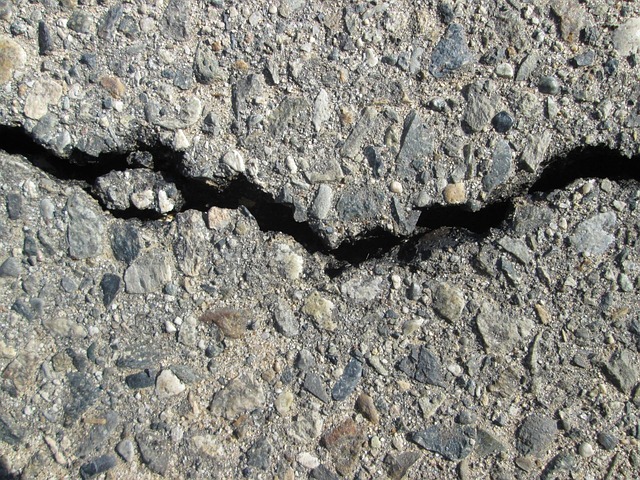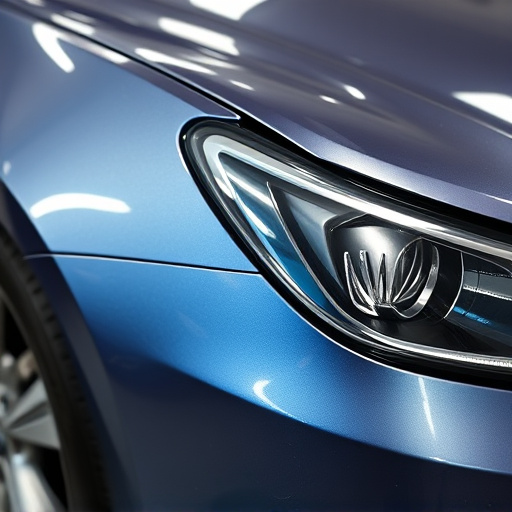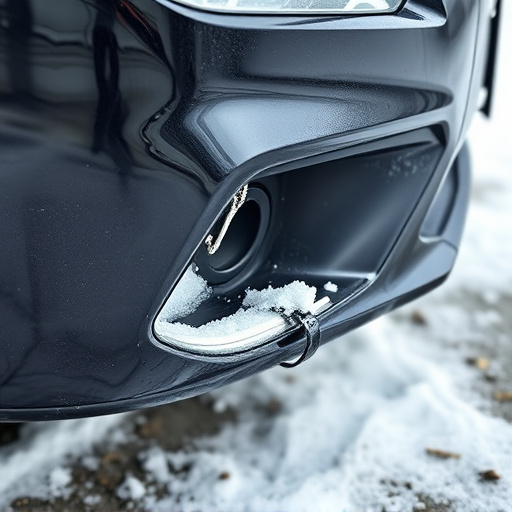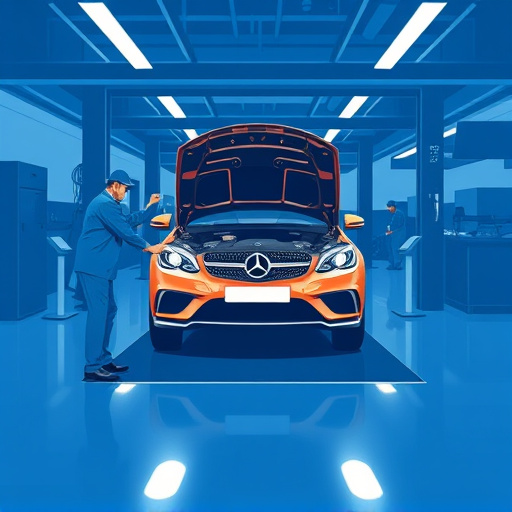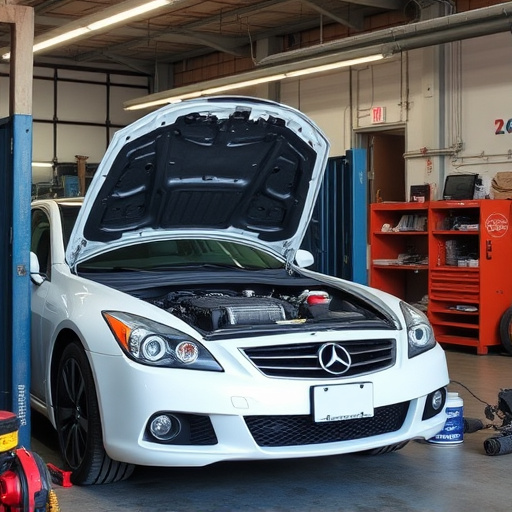Uncommon voltage readings in a Tesla's 12V system after repair may signal faulty repairs, impacting battery, charging, and other components. Comprehensive repairs, including meticulous testing and secure connections, are crucial to prevent issues like starting problems, power failures, flickering lights, and erratic dashboard readings. Reputable shops should replace necessary electrical parts to ensure seamless functionality and safety.
“Are you experiencing unusual behavior in your Tesla? One common, yet often overlooked, issue stems from improper 12V system repairs. This can manifest as uncommon voltage readings, vehicles that won’t start, or faulty electrical components. Understanding these signs is crucial for identifying when a Tesla 12V system repair hasn’t been executed correctly. By recognizing these red flags, you can ensure your electric vehicle’s safety and reliability, making informed decisions regarding maintenance.”
- Uncommon Voltage Readings: A Red Flag
- Slow Starting or No Power: Check the System
- Electrical Component Malfunctions: Signs of Negligence
Uncommon Voltage Readings: A Red Flag

Uncommon voltage readings on your Tesla’s 12V system can be a significant red flag indicating that the repair was not done properly. After any car repair services, it’s crucial to verify the functionality and performance of all electrical components, especially in high-tech vehicles like Teslas. If you notice erratic or significantly deviated voltage levels, it might suggest issues with the battery, charging system, or other 12V components that were not adequately addressed during the initial repair process.
This problem could be a result of faulty wiring, incorrect component replacements, or inadequate testing post-repair. For instance, while Mercedes Benz repairs often come with stringent quality control measures, Tesla 12V system repairs require an extra layer of scrutiny given the vehicle’s advanced electronics and unique power management systems. If not properly calibrated, these systems can lead to a host of other issues, from starting problems to compromised vehicle paint repair due to underpowered or overcharged components.
Slow Starting or No Power: Check the System
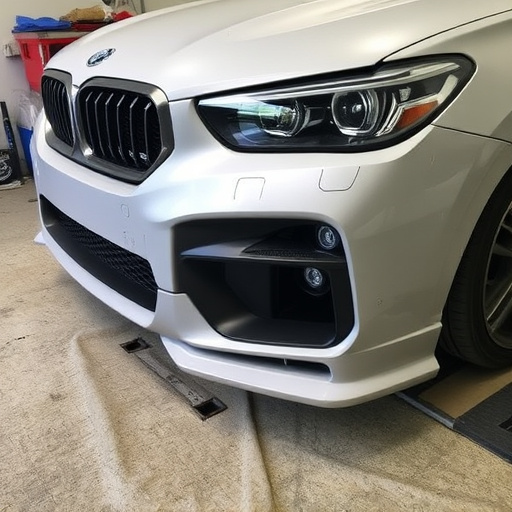
If your Tesla is experiencing slow starting or no power at all, it could be a clear indication that the 12V system repair was not executed correctly. The 12V battery and its associated components are vital for the vehicle’s basic functions, including ignition, lighting, and dashboard instruments. When these systems fail to operate as expected, it often points to an underlying issue with the repair process.
Proper car body restoration involves more than just visual aesthetics; it entails ensuring all electrical systems are functioning optimally. Consider hail damage repair or any previous vehicle body repairs as potential factors that could impact the 12V system’s integrity. Thorough checks and proper connections are essential during the repair process to prevent future complications.
Electrical Component Malfunctions: Signs of Negligence

When it comes to Tesla 12V system repairs, negligence can manifest in various ways, leading to electrical component malfunctions. If your Tesla is experiencing unexpected issues after a repair, it could be an indication that the work was not performed with the necessary care and expertise. Look out for flickering lights, erratic dashboard readings, or even complete failures of essential systems like power steering or window functions. These symptoms suggest that the repair technicians might have overlooked critical connections or used substandard components.
A reputable auto collision center or car body restoration shop should ensure that all electrical components are thoroughly checked and replaced if necessary. Proper Tesla 12V system repair demands precision and attention to detail. Failing to address these aspects can not only cause immediate disruptions in your vehicle’s functionality but also lead to more serious safety hazards down the line.
If your Tesla’s 12V system exhibits unusual voltage readings, slow starts, or component malfunctions, it could indicate improper repair. Thoroughly inspect and test the system to ensure all components are functioning optimally and correctly installed. Regular maintenance and timely repairs are key to keeping your Tesla’s electrical systems reliable and safe, preventing more costly and complex issues down the line. Always trust qualified technicians for Tesla 12V system repair to maintain the vehicle’s performance and longevity.
